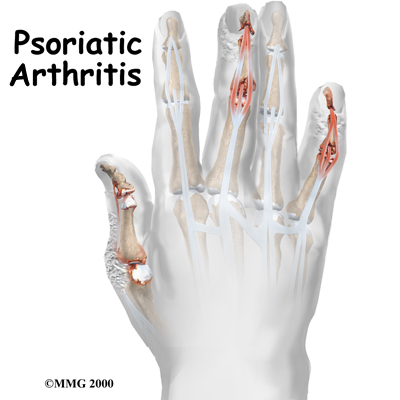
Psoriatic Arthritis
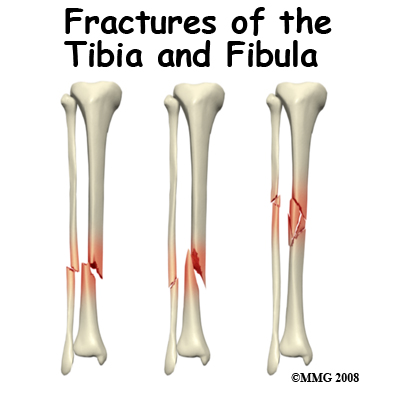
Adult Lower Leg Fractures
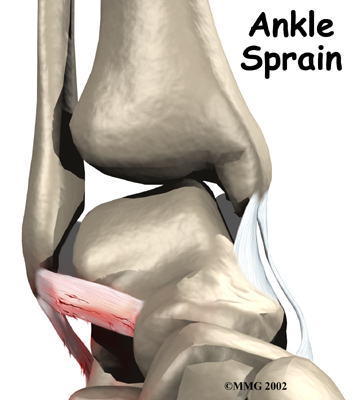
Ankle Sprain and Instability
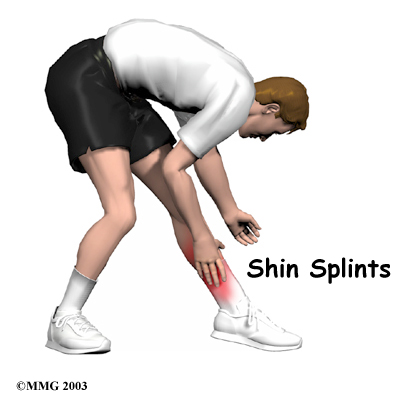
Shin Splints
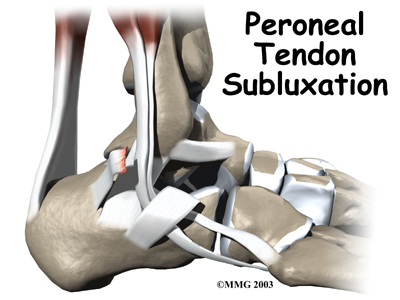
Peroneal Tendon Subluxation
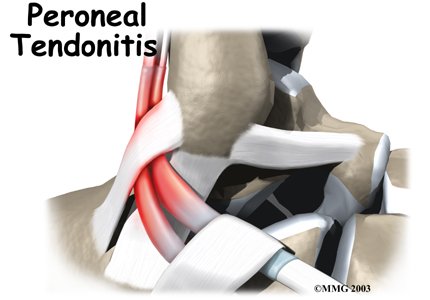
Peroneal Tendon Problems
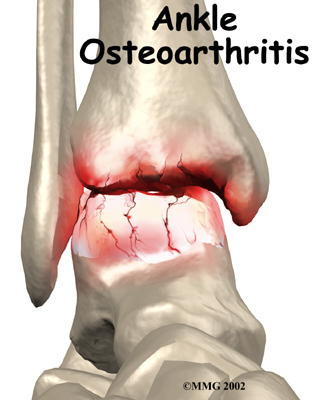
Osteoarthritis of the Ankle
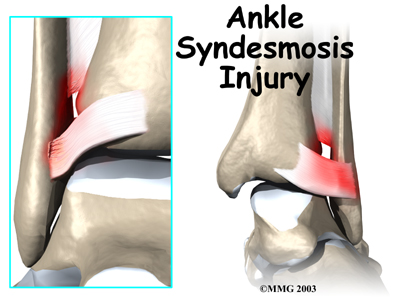
Ankle Syndesmosis Injuries
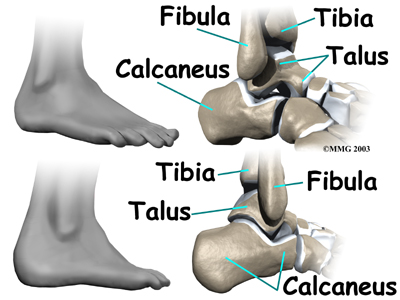
 Get Immediate Access To Your Special Report And Top Tips From Our PTs!
Get Immediate Access To Your Special Report And Top Tips From Our PTs!


